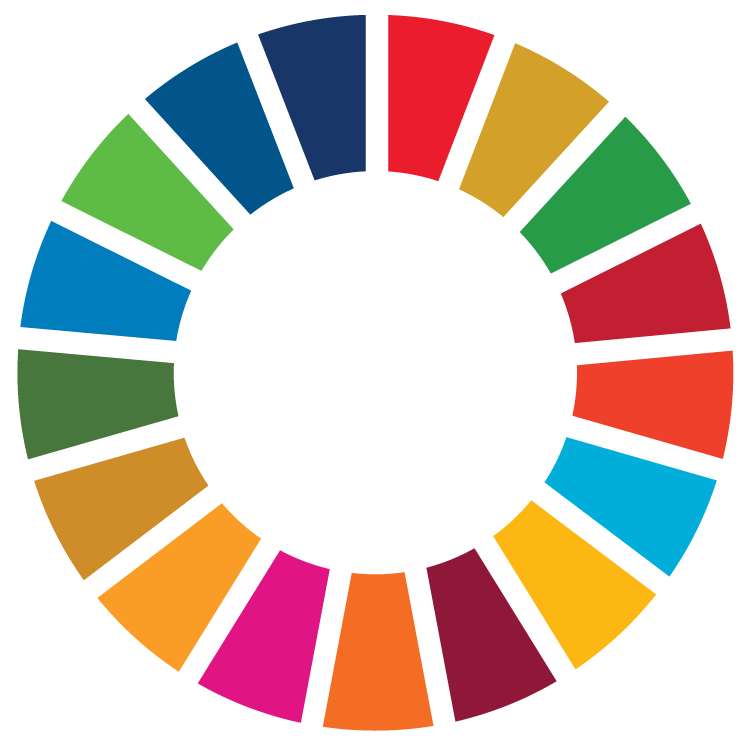Text traduït
Aquesta assignatura s'imparteix en anglès. El pla docent en català és una traducció de l'anglès.
La traducció al català està actualitzada i és equivalent a l'original.
Si ho prefereixes, consulta la traducció!
Texto traducido
Esta asignatura se imparte en inglés. El plan docente en español es una traducción del inglés.
La traducción al español está actualizada y es equivalente al original.
Si lo prefieres, ¡consulta la traducción!
Original text
This subject is taught in English. The course guide was originally written in English.
Course
Advertising and Public Relations
Subject
Advertising and Public Relations International Campaign Management
Type
Compulsory (CO)
Academic year
2
Credits
6.0
Semester
1st
| Group | Language of instruction | Teachers |
|---|---|---|
| G25, classroom instruction, afternoons | English | Emma Louise Hitchen |
| Jesica Ana Menendez Signorini |
Sustainable Development Goals (SDG)

- 5. Gender equality
Objectives
Nowadays, brands must consider the global context and the need to adapt their messages and media markets to specific cultural and social contexts, transcending geographical boundaries.
During this course, students work with the most important management tools and strategies used in the fields of advertising and public relations, taking into account the global context, the brand and its public.
Learning outcomes
- Understand the methods and problems of research in psychology, sociology and communication in general, as well as audience motivation, consumer behaviour analysis and purchasing processes.
- Demonstrate knowledge of advertising and public relations history, theories, models and trends in the context of the evolution of communication (mass communication, new interactive contexts for dialogue), aesthetics and textual, rhetorical and discursive analysis for professional practice.
- Examine contextual information on the basis of knowledge, analysis of sources, and information search and retrieval systems.
- Apply marketing, advertising and public relations concepts, theories, methods and techniques in order to formulate and put into practice specific strategies for products, brands and organisations.
- Apply conventional and non-conventional advertising communication techniques to effectively convey messages, harnessing creativity and innovation, while respecting linguistic, social, cultural, gender and economic diversity.
Content
- International communication concepts and trends: the global communication plans
- How to research and analyse international environments, organisations and their publics
- Typologies of international communication strategies: selection of insights, creation of international messages, creative concepts and claims
- Typologies of international communication tactics: timing, budget and evaluation of the communication plan
Evaluation
To pass the course, all the evaluated activities must be submitted. The breakdown of the final mark is as follows:
Final grade
- Group project (3 presentations: 20% each): 60%
- Portfolio (3 group projects: 20%, 10%, 10%): 40%
Attendance is required for continuous evaluation.
More information on each of the activities is detailed on the Virtual Campus.
Resit information
Students can only resit the portfolio projects if the final mark is lower than 50%.
Methodology
The working methodology is divided between theoretical and practical sessions, where theoretical aspects are discussed emphasising the various aspects of advertising and PR campaign management. Under the teacher's guidance, work groups develop the various stages of the projects, create exercises and examples to illustrate their topics. Different methodologies are combined, such as videos, simulations, games, role-plays, presentations, conceptual mapping, visuals and video production, reading and understanding of texts and knowledge assessment tests.
Students participate in different types of sessions: Lectures with the whole class, sub-sessions in small groups with the teacher, and group tutoring sessions.
Ways of grouping students: In order to carry out the various mandatory activities, small groups of intercultural exchange will be created, encouraging collaborative work between local and international students.
Bibliography
Key references
- Curtin, Patricia A. & Gaither, T. Kenn (2007). International Public Relations: Negotiating Culture, Identity, and Power. SAGE.
- De Mooij, Marieke (2014). Global Marketing and Advertising. SAGE.
- Spencer-Oatey, Helen; & Franklin, Peter (2009). Intercultural Interaction: A Multidisciplinary Approach to Intercultural Communication. Palgrave.
Further reading
Teachers will provide complementary bibliography and compulsory reading throughout the course via the Virtual Campus.